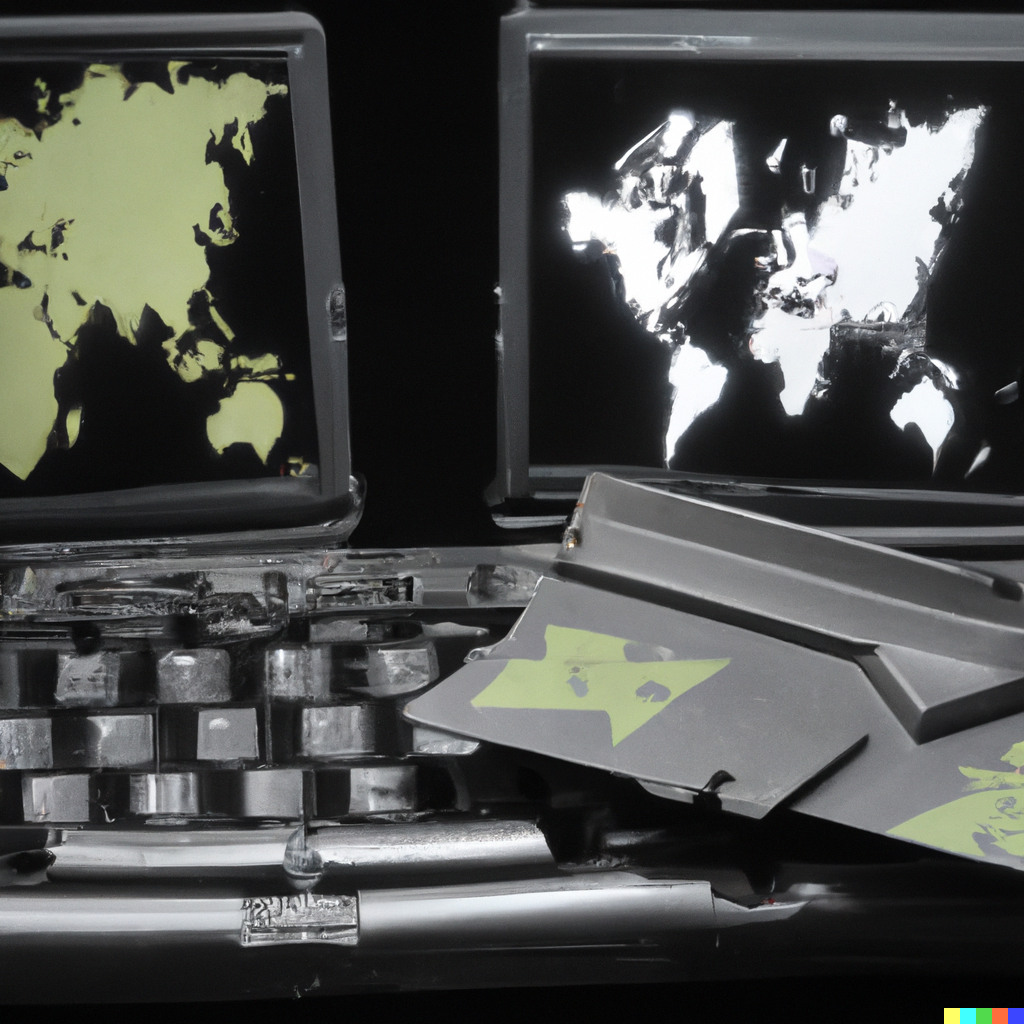
Source criticism is the process of assessing the reliability and credibility of sources. When evaluating sources, historians consider a number of factors, including the author’s bias, the source’s authority, the date of the source, and the source’s context.
Historians must be careful to avoid using sources that are unreliable or biased. Unreliable sources are those that cannot be trusted to provide accurate information. Bias occurs when an author’s personal beliefs or prejudices influence the way he or she presents information. It is also important to consider the date of a source when conducting source criticism.
A source that is outdated may not provide accurate information about the topic being studied. Additionally, historians must be aware of the source’s context, or the circumstances surrounding its creation. This includes considering the author’s purpose for writing the source and the audience for whom the source was intended.
By carefully conducting source criticism, historians can ensure that they are using the most reliable and credible sources available. This allows them to create accurate and objective historical narratives.
Fake news
In recent years, the term “fake news” has become increasingly common. Fake news is a type of yellow journalism or propaganda that consists of deliberate misinformation or hoaxes spread via traditional print and broadcast news media or online social media.
Fake news is often spread for political reasons. The spread of fake news has become a global phenomenon and has been exacerbated by the rise of social media.
A study by the Pew Research Center found that 62% of Americans had heard about fake news, and 20% had shared it. Fake news is dangerous because it can easily mislead people. It can cause them to make bad decisions based on false information. For example, fake news stories about crime can make people afraid to leave their homes.
Fake news about health can make people avoid getting necessary medical care. The best way to combat fake news is to be informed and to think critically about the information that you see.
Be skeptical of headlines and stories that seem too good to be true. Look for other sources that can verify or refute the claims made in the story.
Be aware of your own biases and how they might influence your interpretation of the news. Fighting fake news is an important task for everyone in today’s society.